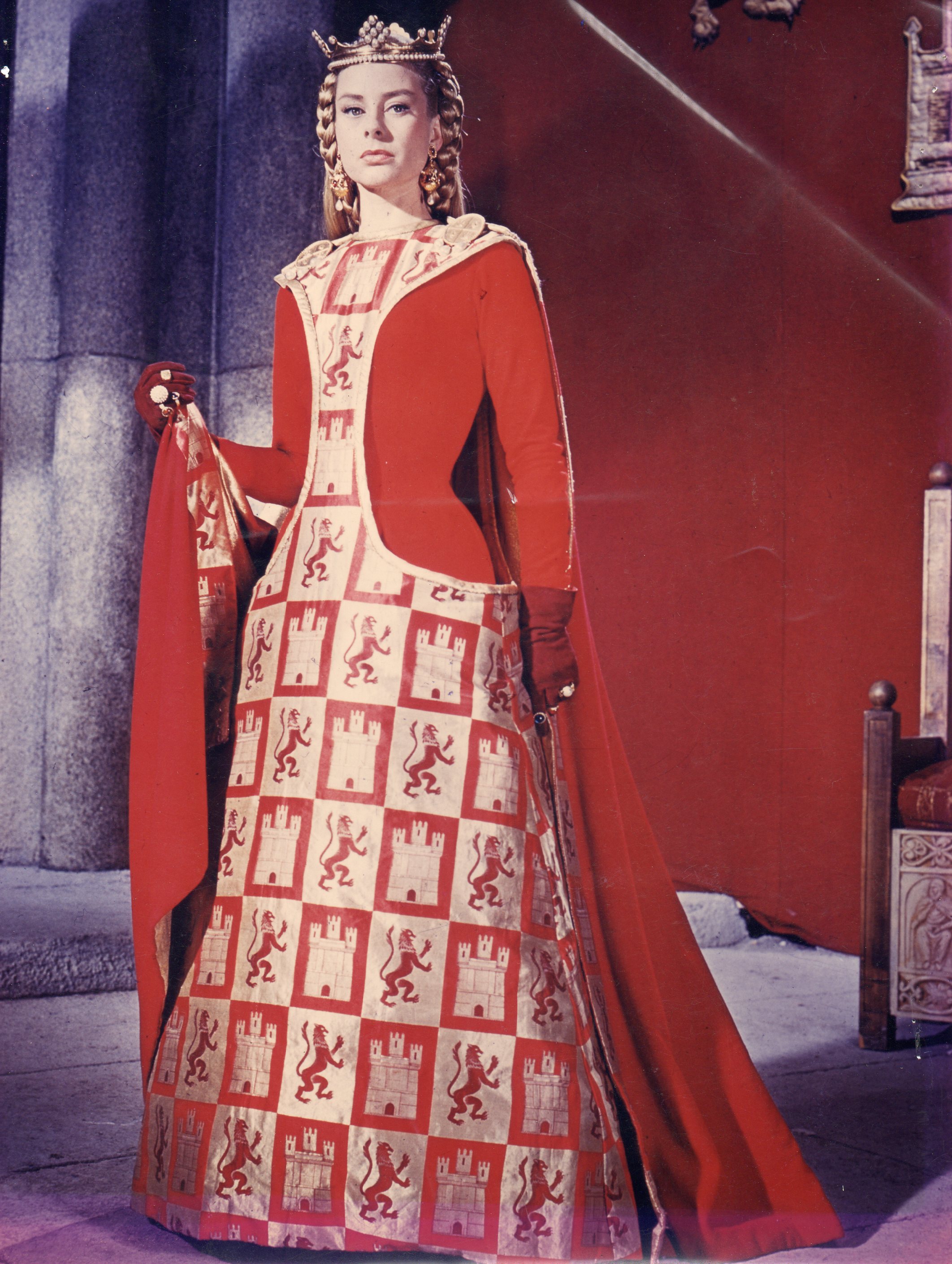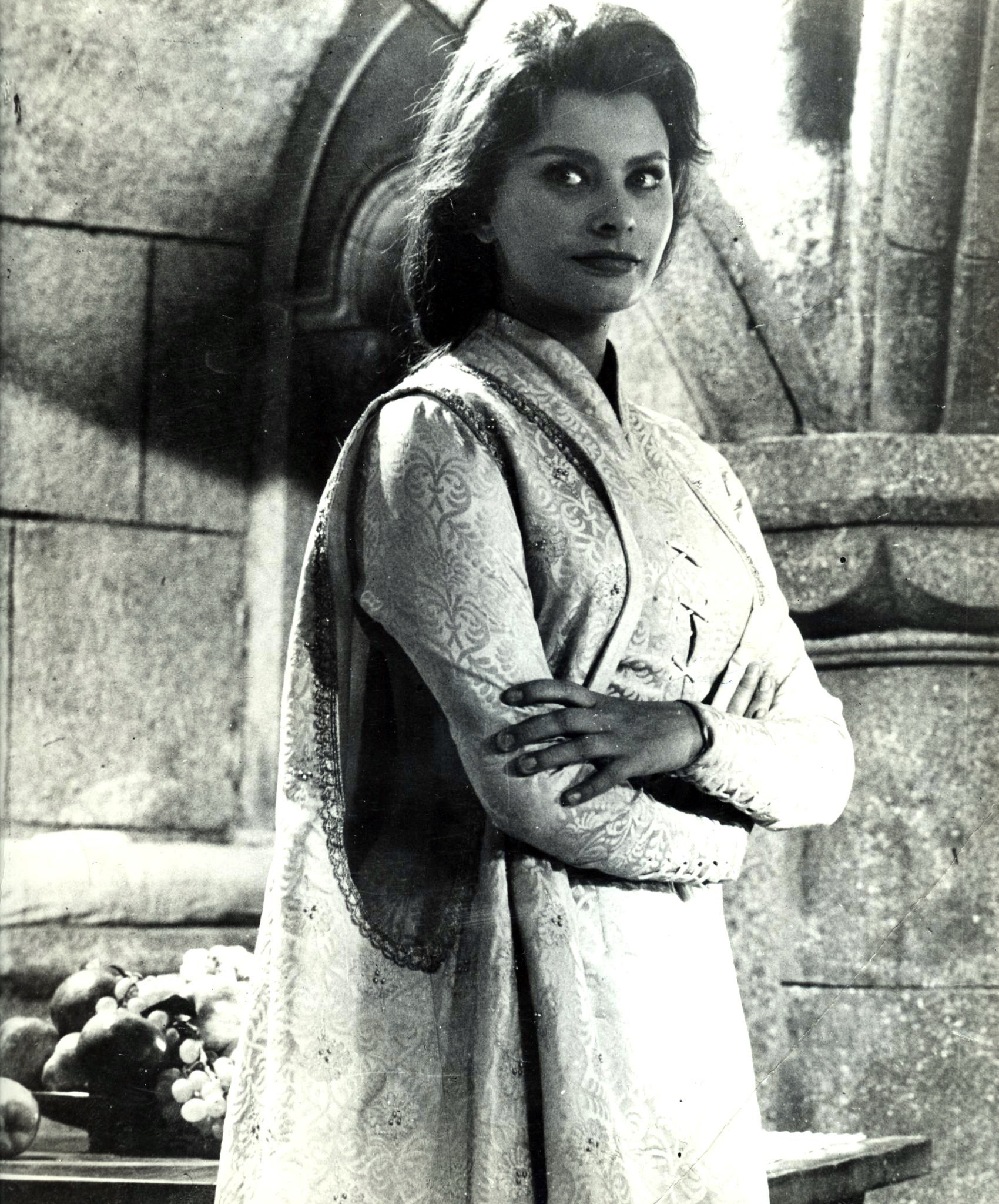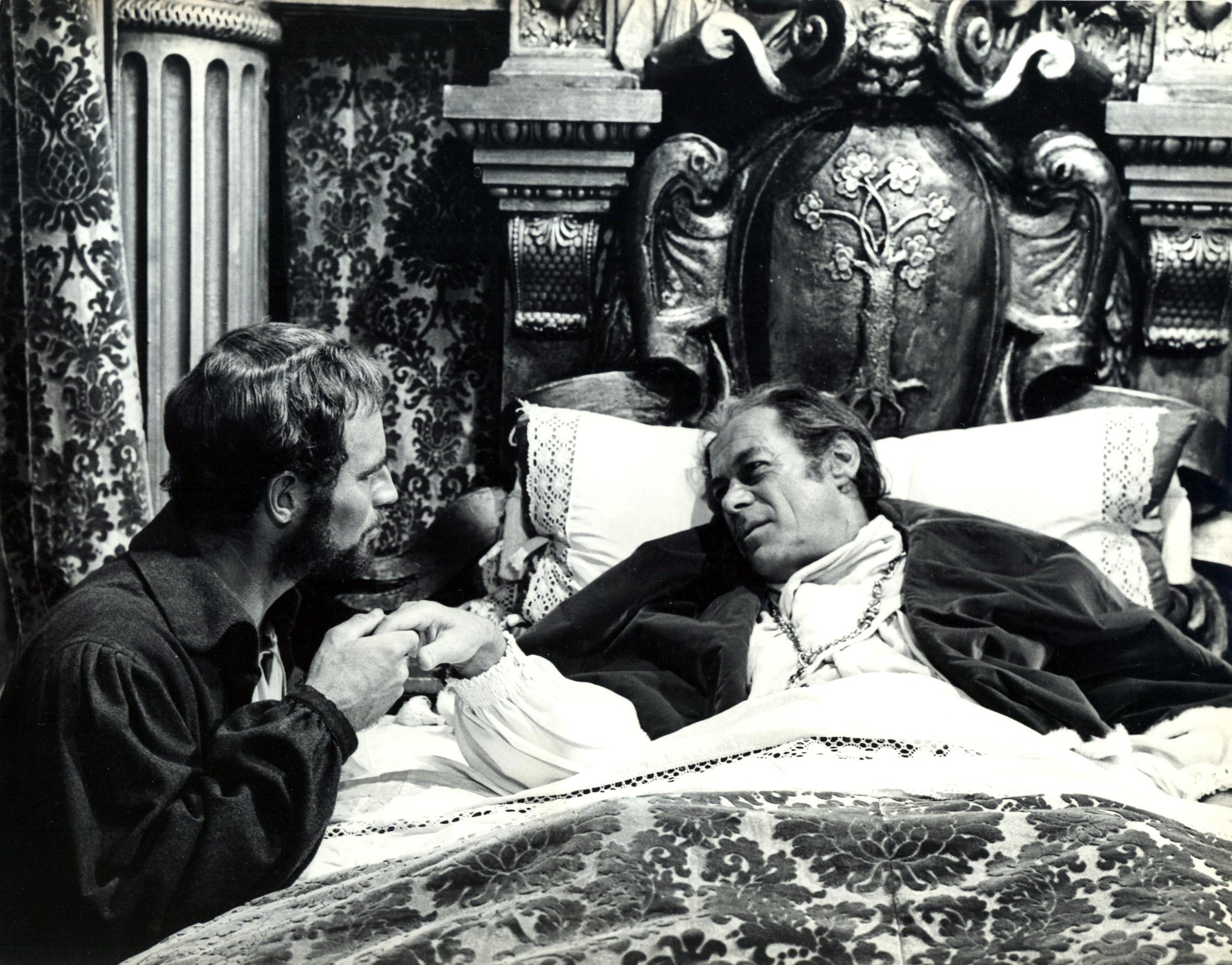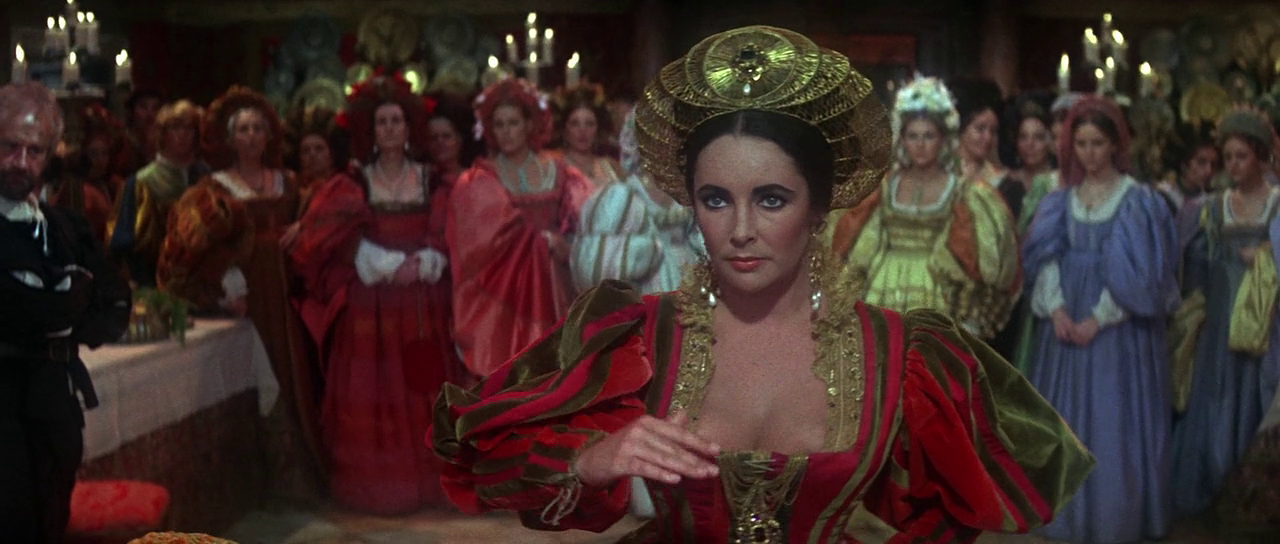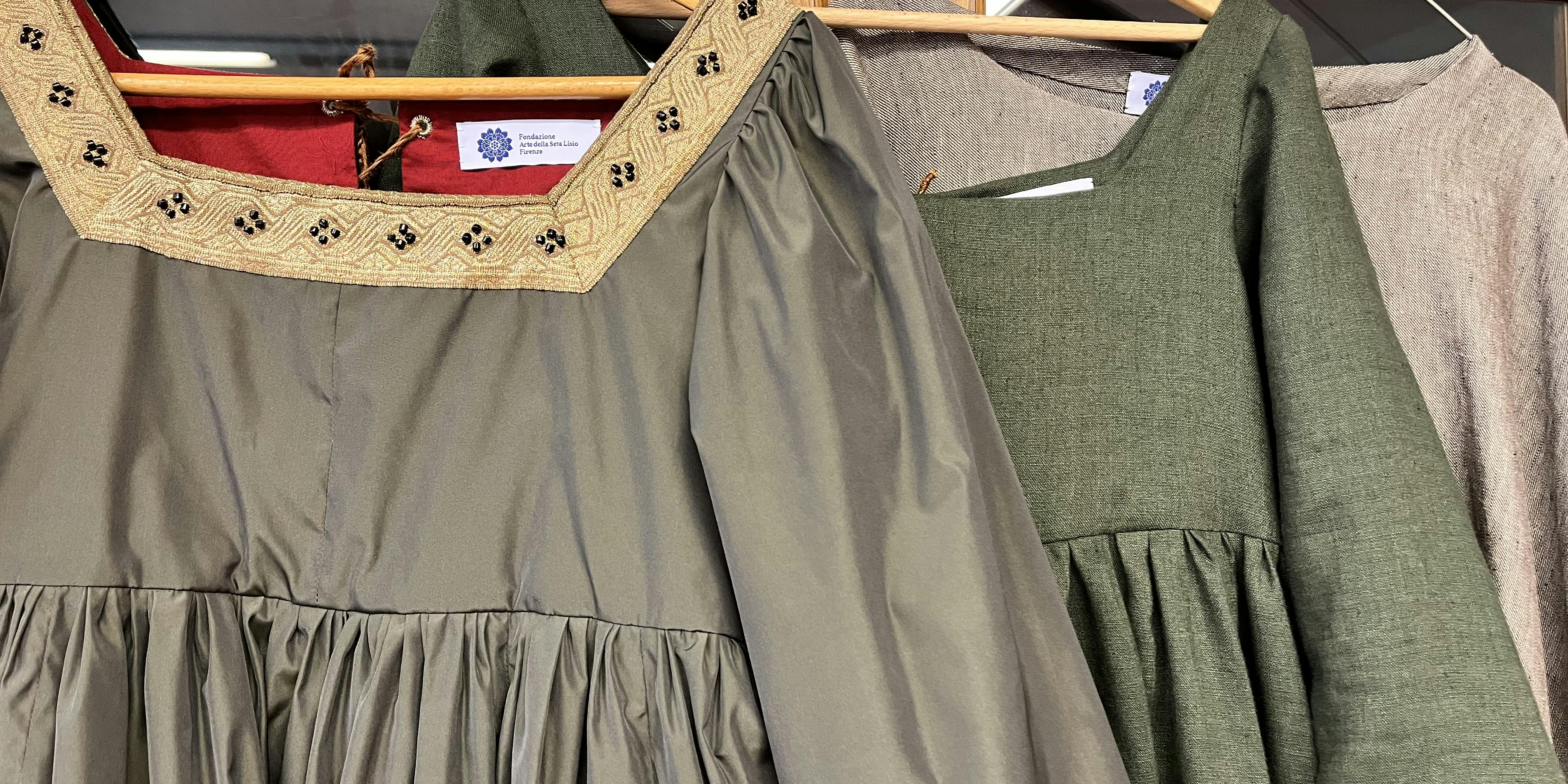
Biannual Course - Historical Tailoring, Costume for the Performing Arts
>> Actually, no subscription open for this course <<
The Fondazione Arte della Seta Lisio of Florence organize a two-year course on "Historical Tailoring, Costume for the Performing Arts" for training professional figures with specific skills from the design and making of stage clothes - including theatre and historical re-enactments - to philological reconstruction for historical costumes.
Mastery of the profession and the opportunities that society provides will be essential for those who want a face-on challenge, laying a valid foundation - during the training - for future self-employment. With this aim in mind, the course opens with preparation for self-entrepreneurship, graphic and digital organisation for presentation of projects, skills in the digital environment for the management of data and creative processes, acquisition of basic skills in specialised English terminology in this sector, and finally, certifications in the field of safety at work.
Who we are and why this course?
The Fondazione Arte della Seta Lisio, heir to the manufactory founded by Giuseppe Lisio in Florence in 1906, has the institutional aim of keeping alive and handing down the art of hand weaving of silk and precious metals through the manufactory and educational and cultural activities. Known not only for its extraordinary heritage of textile skills - acquired over the course of its 120-year history - but also as a School of Textile Arts par excellence, for over thirty years it has been offering targeted and professionalising teaching activities, where theory and practice succeed in merging and ensuring a top-level and complete education.
The combination of Lisio's precious fabrics and the world of tailoring is historic: ever since the end of the 1920s, Lisio velvets and brocades have been used to make the uniforms for various Sienese Contrade (districts), as well as the costumes of historical Italian parades such as the Historical Procession of Orvieto and the Palio di Legnano. Not to be forgotten, the costumes inspired by art and history in the fabric designs and tailoring for private collections.
In cinema they have had the highest expression in films with a historical setting such as "Romeo and Juliet" in 1954, directed by Renato Castellani, "El Cid" by Anthony Mann in 1961, and "The Agony and the Ecstasy" in 1965, directed by Carol Reed. Great success was also achieved with the costumes of Liz Taylor and Richard Burton in "The Taming of the Shrew", directed by Franco Zeffirelli, as well as in "C'era una volta", directed by Francesco Rosi.
Directors, costume designers and set designers are aware of how much a historical costume must be evocative and how important it is for the success of a performance: it must be convincing but without overpowering the stage production, accurate but not trivial.
A successful costume is a set of balances that must be appreciated as an integral part of the staging and in which the fabric is what tips the scales.
“El Cid” di Anthony Mann del 1961, lampasso Lisio "Castello e Leone"
“El Cid” di Anthony Mann del 1961, Sofia Loren indossa abito con damasco Lisio "Reale"
“Il Tormento e l'Estasi” del 1965, regia di Carol Reed - Rex Harrison e Charlton Heston circondati da velluto Lisio "Chigi"
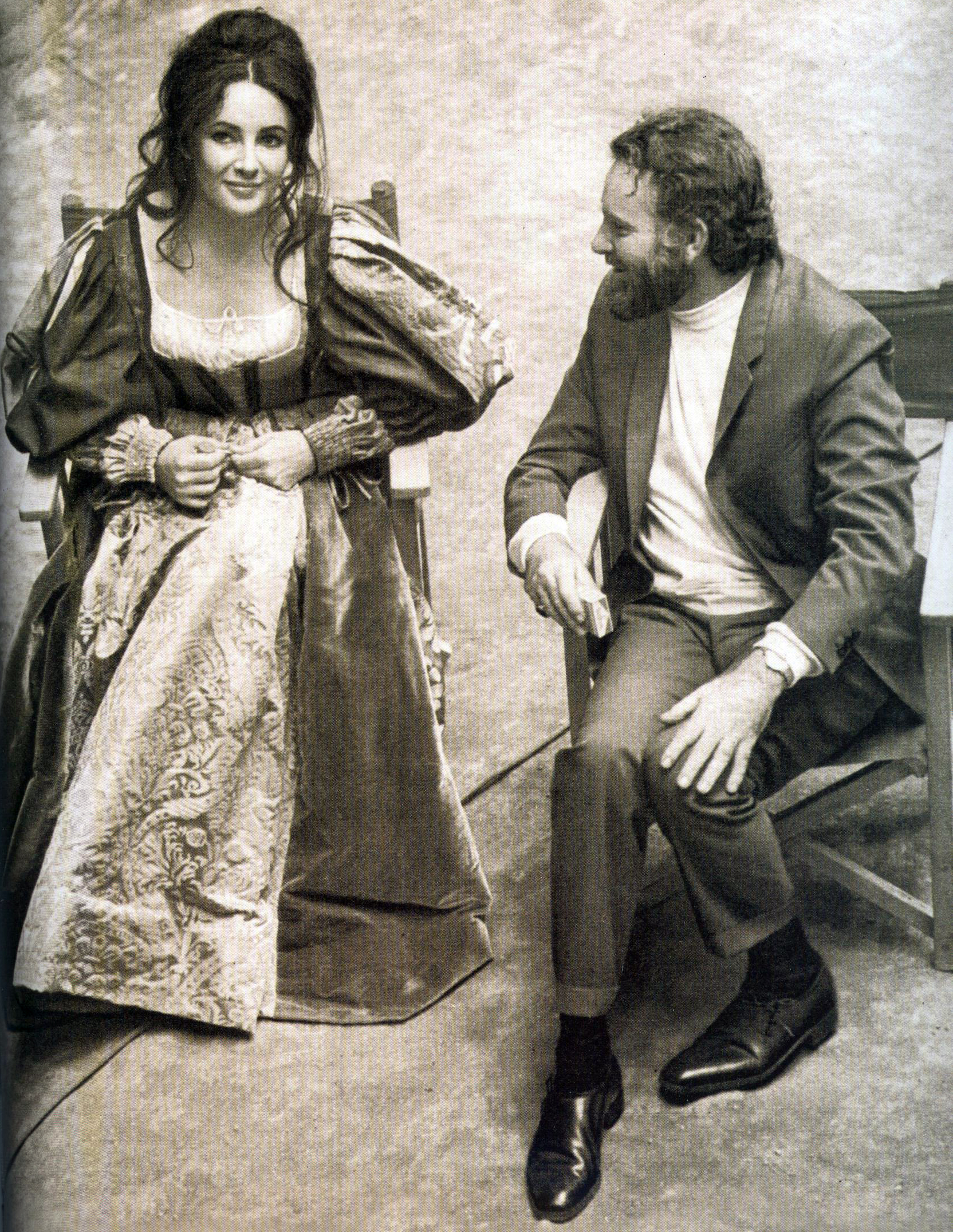
“La Bisbetica Domata”, regia di Franco Zeffirelli. Abiti per Liz Taylor uno in velluti uniti, damasco "Imperiale" e lampasso "Bordura Raffaellesca"
